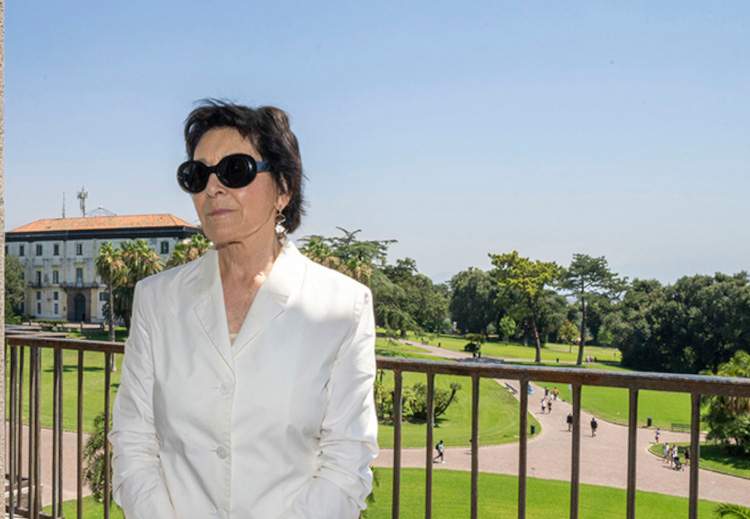Lia Rumma donates more than seventy works from her collection to Capodimonte, with a focus on Arte Povera
The Capodimonte Museum and Real Bosco of Capodimonte is enriched by animportant donation. Collector Lia Rumma has in fact donated to the museum a selection of more than seventy works by Italian artists since the 1960s, with a focus on Arte Povera.
The collection will be exhibited in the Palazzina dei Principi, the building in the Real Bosco di Capodimonte founded by the Carmignano marquises of Acquaviva before the Royal Palace, located in front of the main facade of the Reggia. The collection adds to the contemporary section, which now includes more than 175 works. The new functional distribution and museum layout project related to the donation is entrusted to architect Ippolito Pestellini and his Milan-based studio 2050+.
Among the artists in the collection: Vincenzo Agnetti, Giovanni Anselmo, Carlo Alfano, Agostino Bonalumi, Enrico Castellani, Mario Ceroli, Dadamaino, Gino De Dominicis, Giuseppe Desiato, Luciano Fabro, Piero Gilardi, Giorgio Griffa, Paolo Icaro, Mimmo Jodice, Jannis Kounellis, Maria Lai, Carmine Limatola, Pietro Lista, Francesco Matarrese, Mario Merz, Marisa Merz, Aldo Mondino, Ugo Mulas, Luigi Ontani, Giulio Paolini, Pino Pascali, Gianni Piacentino, Michelangelo Pistoletto, Gianni Ruffi, Ettore Spalletti, Giulio Turcato, Gilberto Zorio.
More than seventy works, including paintings, sculptures, photographs and works on paper, documenting the production of some thirty Italian artists whose research has been internationally recognized. A focus is also devoted to Arte Povera and other artists referred to the same scene, whose individual research developed alongside the radical movements of those same years. The works cover a time span from 1965 to the 2000s.
“There are lives that are built as adventures, as struggles, as destinies. There are lives that are made of passion and sacrifice, lives that are aware that one does not win without intelligence and vision. Among these heroic fighters are the collectors who have sensed the art of their time, who have understood the profound messages that art always introduces into our lives and the world around us. It is these collectors who write history, which is why museums, which are the memory of human sensibility and genius, are the natural destination for their collections,” said Sylvain Bellenger, director of the Capodimonte Museum and Real Bosco. “With the gift of the collection to Capodimonte Lia and Marcello Rumma enter history, but, even more, they make history enter Capodimonte, a history they witnessed and played a part in when, at the end of the 1960s with Arte Povera, Italian art radically entered the contemporary world.”
Photo by Benestante
 |
| Lia Rumma donates more than seventy works from her collection to Capodimonte, with a focus on Arte Povera |
Warning: the translation into English of the original Italian article was created using automatic tools. We undertake to review all articles, but we do not guarantee the total absence of inaccuracies in the translation due to the program. You can find the original by clicking on the ITA button. If you find any mistake,please contact us.



























